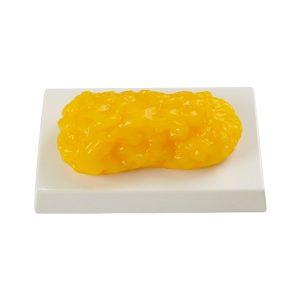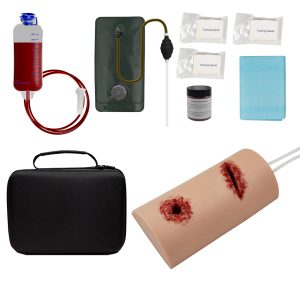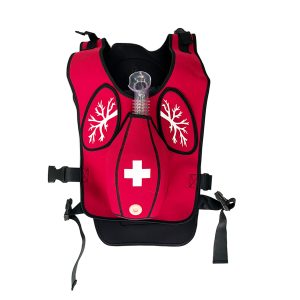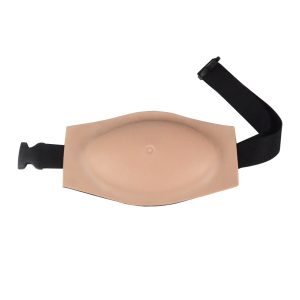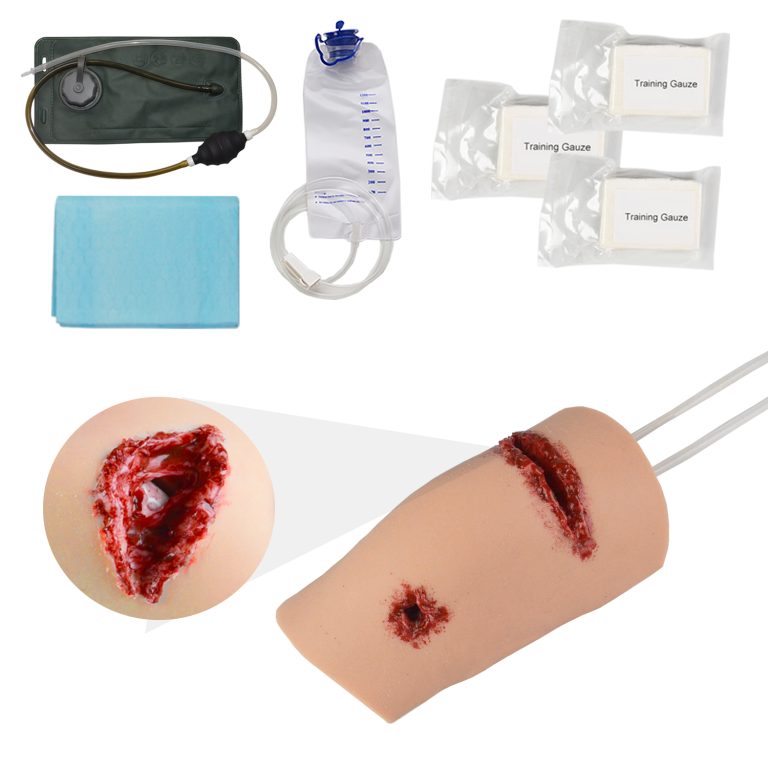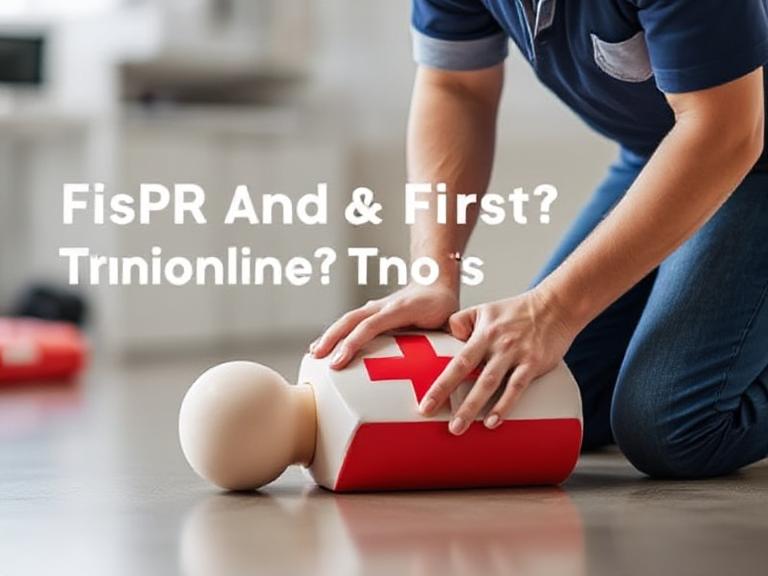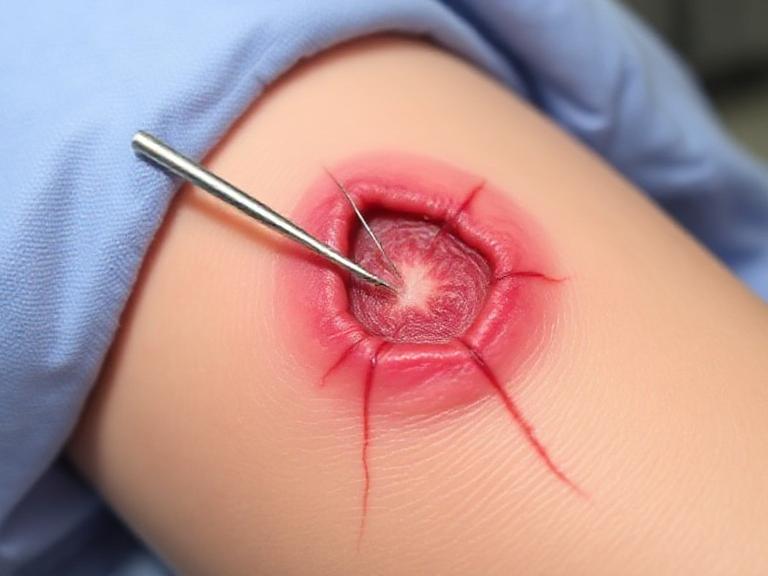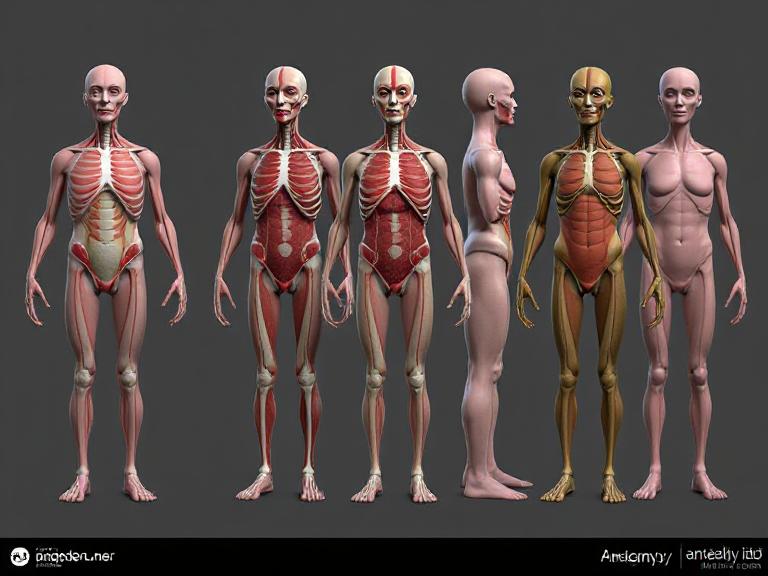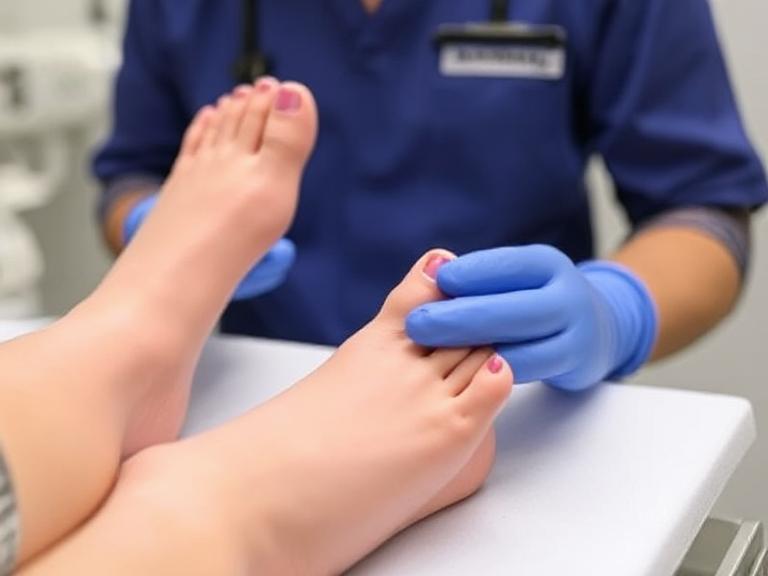The world of medical education has evolved dramatically in the last decade, and one of the most revolutionary advancements has been surgery simulation. This approach allows healthcare professionals and students to practice, refine, and perfect their surgical techniques without the need for live patients. In this guide, we explore the concept of surgical simulation, its importance, applications, and how companies like Medtacedu are leading innovation in this space through advanced medical simulators and realistic training models.
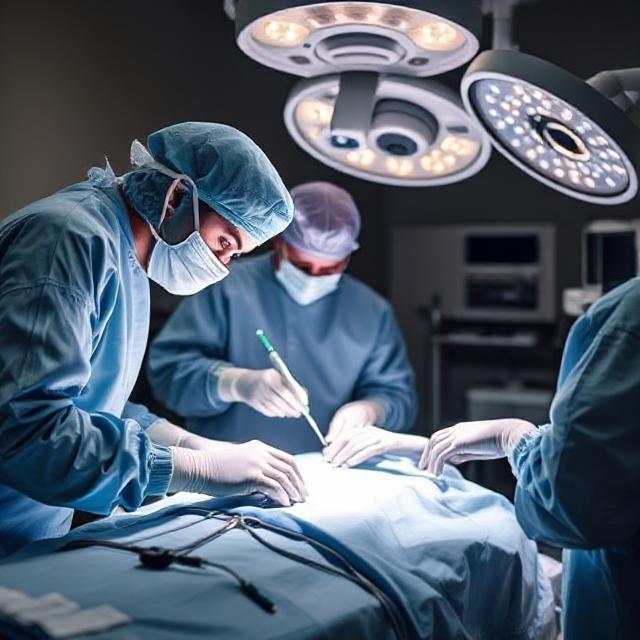
Table of Contents
- 1. Introduction to Surgery Simulation
- 2. Why Surgery Simulation Is Important
- 3. Types of Surgery Simulation Models
- 4. Medtacedu: Innovating the Future of Medical Training
- 5. Applications of Surgical Simulation in Training
- 6. Key Features of High-Quality Surgical Simulators
- 7. Benefits of Using Simulation Models
- 8. Medtacedu Product Line Overview
- 9. Summary Table
- 10. FAQs
- 11. References
1. Introduction to Surgery Simulation
Surgery simulation refers to the use of physical or digital models that replicate human anatomy, allowing medical professionals to practice surgical procedures in a controlled environment. This technology bridges the gap between theoretical knowledge and real-life experience, offering a safe and ethical method to train surgeons, nurses, and medical students.
Traditional surgical education relied heavily on observation and supervised practice on real patients. Today, with innovations in silicone and plastic models, realistic human tissue feel, and virtual technologies, trainees can achieve mastery before entering the operating room.
2. Why Surgery Simulation Is Important
- Risk-Free Training: Enables learners to make mistakes and learn from them without endangering patients.
- Standardized Learning: Provides consistent conditions for all trainees, ensuring equal opportunity to master techniques.
- Repetition and Skill Refinement: Allows repeated practice, which is essential for muscle memory and procedural confidence.
- Ethical and Safe: Reduces dependency on cadavers or live animals for training.
- Cost-Effective: Once developed, models can be reused, minimizing training expenses.
As medical technology continues to evolve, simulation has become a core component of modern medical education.
3. Types of Surgery Simulation Models
Surgery simulators can be categorized based on the training purpose, realism level, and material used. Below are some of the most common types:
Physical Models
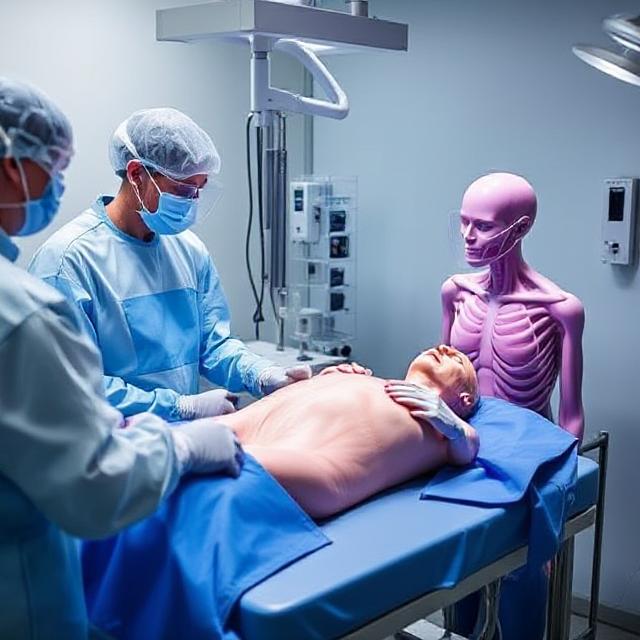
- Made from high-quality silicone or plastic.
- Provide tactile feedback mimicking human tissue.
- Used in surgical skill labs for hands-on practice.
Virtual Reality (VR) Simulation
- Combines 3D visualization and interactive software.
- Ideal for practicing endoscopic or robotic surgeries.
Hybrid Models
- Integrate both physical and digital components.
- Used in complex medical education programs.
High-quality models like those produced by Medtacedu fall under the category of physical simulators — durable, realistic, and customizable for various medical disciplines.
4. Medtacedu: Innovating the Future of Medical Training

Medtacedu is a leading provider of advanced medical training and educational models. With more than 15 years of production experience and a specialization in medical simulation for over six years, the company stands at the forefront of innovation in educational model manufacturing.
About Medtacedu
Medtacedu specializes in producing high-quality silicone and plastic models for tactical, medical, and scientific training. The company’s models are used by universities, hospitals, nursing institutions, and military organizations worldwide.
What Their Products Can Do
- Tactical Training: Wound dressing models, trauma manikins, and emergency training kits.
- Medical Demonstration and Training: Disease models and device testing aids for medical education.
- Science Education: Veterinary and scientific models customized for specific teaching requirements.
- Injection Training: Facial injection and IV/IM/ID models for nurses and dermatologists.
On sale products
-
1LB Fat Replica Model with Base
Add to cart$26.99 -
2 IN 1 Multitask Wound Packing Training Kit
Add to cart$139 -
40g Fake Blood Powder
Add to cart$19.99 -
Adult Anti Choking Obstruction Trainer Vest – Heimlich Practice Training Model
Add to cart$40 -
Belly Injection Model for Abdominal Injection Practice
Add to cart$58.99
Why Choose Medtacedu
- Extensive Product Range: Supports resellers with standardized and custom models.
- Decades of Experience: Over 15 years of successful global project delivery.
- Customization Expertise: From design concepts to final models, tailored to client needs.
5. Applications of Surgical Simulation in Training
Simulation training enhances performance across multiple medical fields, including:
- General Surgery: Suturing, incision, and anatomical navigation training.
- Plastic and Cosmetic Surgery: Practicing facial injections and reconstruction techniques.
- Emergency and Trauma Medicine: Tactical and battlefield simulations for first responders.
- Nursing Education: IV, IM, and SC injection practices for nursing students.
- Device Testing and Demonstrations: Used by medical device companies for presentations and testing.
6. Key Features of High-Quality Surgical Simulators
- Realistic Anatomy: Accurately replicates human tissue and organs.
- Durable Construction: Built from high-grade silicone or polymers.
- Modular Design: Allows replacement of parts for extended usability.
- Multi-Use Compatibility: Suitable for surgical, nursing, and emergency drills.
- Customizable Options: Adapted to client-specific needs and curriculum.
Medtacedu’s models provide unmatched realism, making them invaluable tools for hands-on surgical simulation training.
7. Benefits of Using Simulation Models
- Improves Learning Outcomes: Learners gain confidence and skill retention.
- Reduces Training Costs: Reusable models cut down on live material expenses.
- Enhances Patient Safety: Practitioners enter clinical environments better prepared.
- Supports Remote Education: Models can be used in virtual or hybrid training setups.
8. Medtacedu Product Line Overview
- Tactical Training Models: Used by emergency response units for trauma practice.
- Injection Models: For nursing institutes to practice safe and accurate injections.
- Beauty Injection Models: Designed for dermal filler and Botox training.
- Medical Simulators: Comprehensive systems for surgical and diagnostic education.
Each product is customizable, meeting the precise needs of educators, medical professionals, and institutions globally.
9. Summary Table
| Aspect | Details |
|---|---|
| Company | Medtacedu |
| Experience | 15+ years in model production; 6+ years in medical simulation |
| Core Products | Tactical Training Models, Injection Models, Medical Simulators |
| Key Benefits | Realistic design, customizable, durable, reusable |
| Applications | Medical education, tactical training, device demonstrations |
| Specialization | Custom silicone and plastic models for hands-on training |
10. FAQs
1. What is surgery simulation used for?
Surgery simulation is used to train medical students, nurses, and surgeons by providing realistic practice environments that replicate actual surgical conditions without risk to patients.
2. Are Medtacedu simulators customizable?
Yes, Medtacedu offers fully customizable models designed to meet client-specific training or demonstration needs.
3. Can these models replace real patient training?
While they cannot completely replace live experience, they significantly enhance preparedness and skill mastery before clinical application.
4. What materials are used in Medtacedu simulators?
High-quality silicone and durable plastic materials are used to simulate human tissue and anatomy with precision.
5. Who can use these simulation models?
They are ideal for universities, medical institutions, hospitals, nursing schools, and tactical training centers.

